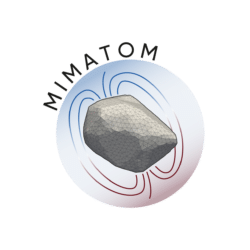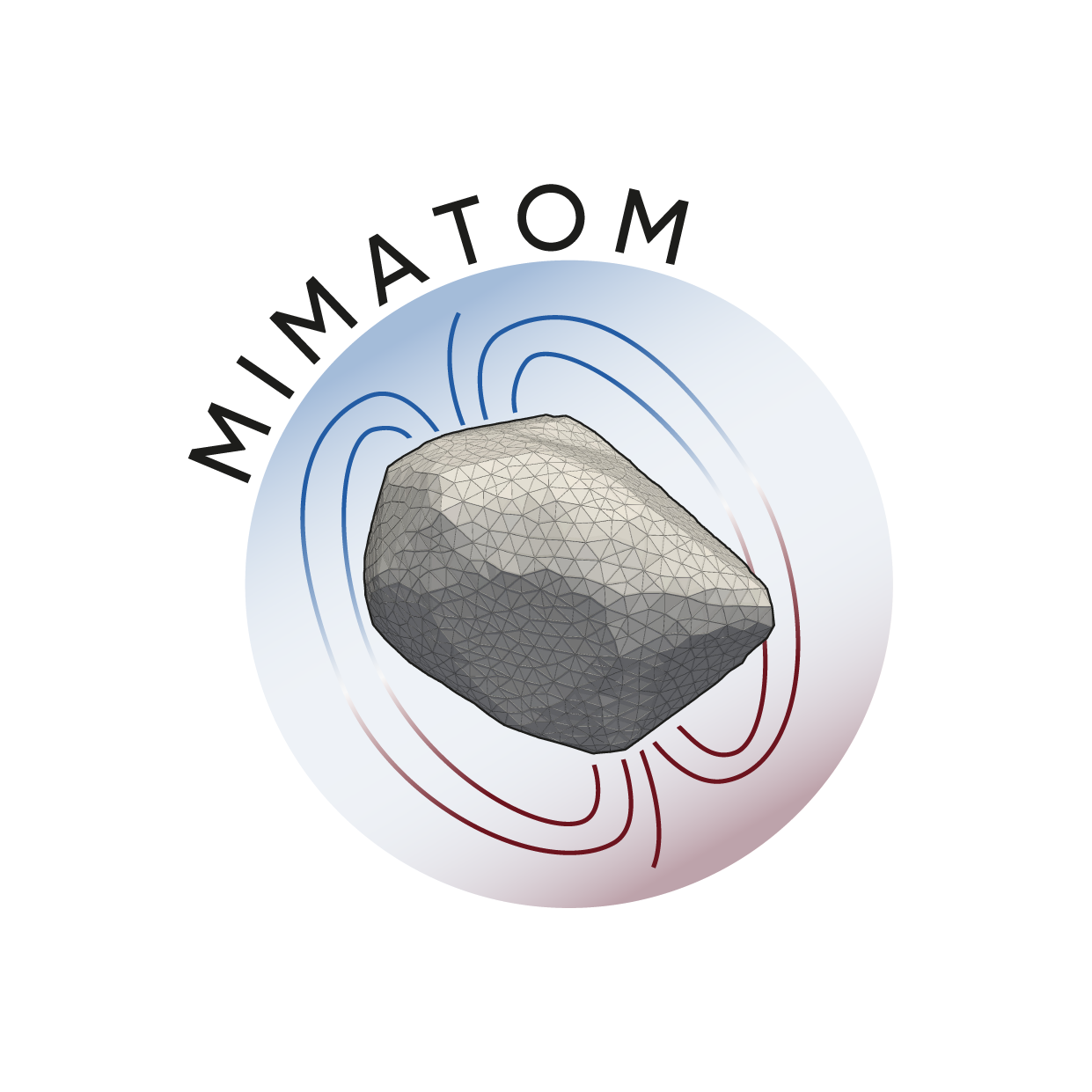Summary
Abstract
Micromagnetic Tomography (MMT) is a technique that combines X-ray micro computed tomography and scanning magnetometry data to obtain information about the magnetic potential of individual grains embedded in a sample. Recovering magnetic signals of individual grains in natural and synthetic samples provides a new pathway to study the remanent magnetization that carries information about the ancient geomagnetic field and is the basis of all paleomagnetic studies. MMT infers the magnetic potential of individual grains by numerical inversion of surface magnetic measurements using spherical harmonic expansions. The magnetic potential of individual particles in principle is uniquely determined by MMT, not only by the dipole approximation, but also more complex, higher order, multipole moments. Here we show that such complex magnetic information together with particle shape and mineralogy severely constrains the internal magnetization structure of an individual grain. To this end we apply a three dimensional micromagnetic model to predict the multipole signal from magnetization states of different local energy minima. We show that for certain grains it is even possible to uniquely infer the magnetic configuration from the inverted magnetic multipole moments. This result is crucial to discriminate single-domain particles from grains in more complex configurations such as multi-domain or vortex states. As a consequence, our investigation proves that by MMT it is feasible to select statistical ensembles of magnetic grains based on their magnetization states, which opens new possibilities to identify and characterize stable paleomagnetic recorders in natural samples.





